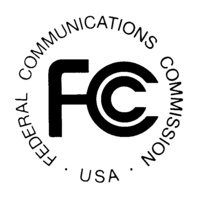 With the scheduled date for nearly all analog TV broadcasts in the US to be shut off just over the horizon, the FCC is finally getting around to some real world testing. Wilmington, North Carolina has been chosen for the tests, in part because all the local broadcasters already have digital signals available. On September 8 WWAY, WSFX, WECT, WILM-LP, and W51CW will turn off their analog signals, leaving only the digital signal available to viewers.
With the scheduled date for nearly all analog TV broadcasts in the US to be shut off just over the horizon, the FCC is finally getting around to some real world testing. Wilmington, North Carolina has been chosen for the tests, in part because all the local broadcasters already have digital signals available. On September 8 WWAY, WSFX, WECT, WILM-LP, and W51CW will turn off their analog signals, leaving only the digital signal available to viewers.
Fellow FCC commissioner Michael Copps, who first suggested the idea last March said "This is very good news for the DTV transition. Real-world experience is an extremely important step -- although only one of many -- that will help minimize consumer disruption next February. Broadway shows open on the road to work out the kinks before opening night. The DTV transition deserves no less."
This sort of real world testing is clearly needed, but it's hard to figure out why it has taken so long. Just last year the FCC was criticized by the federal government's own oversight agency, the Government Accountability Office (GAO), for not having a plan or specific goals to ensure broadcasters and consumers are prepared for the transition. This February the FCC came under attack from engineers who say millions of viewers will have to install outdoor antennas to receive the same selection of channels digitally that are available now as analog broadcasts.
Assuming the engineers' real world tests that the FCC has previously deemed unnecessary are right, it's unclear what can be done in less than six months to address the issue. And what happens if we find out there are more problems that no one has anticipated?











